Solar Panels: A Sustainable Energy Solution for the Future
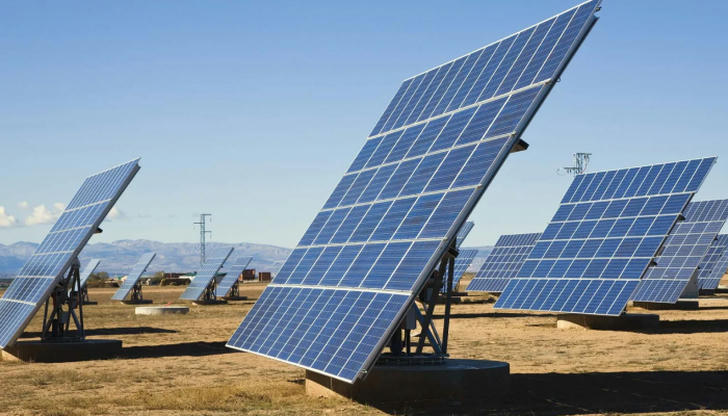
The relentless pursuit of sustainable energy solutions has led to significant advancements in solar technology. Solar panels, which convert sunlight into electricity through photovoltaic cells, represent a cornerstone of renewable energy. This paper delves into the intricacies of solar panels, examining their structure, operational principles, and the myriad ways they are being utilized globally. Furthermore, it presents effective strategies to boost solar panel efficiency and discusses real-world applications, showcasing their transformative impact.
Structure and Function of Solar Panels
Solar panels consist of several key components that work synergistically to harness solar energy.
- Transparent Glass Panel The outermost layer is typically made of tempered glass, which serves dual purposes: protecting the internal components and allowing sunlight to penetrate. High-quality glass ensures a high transmittance rate (usually above 91%), facilitating maximum light capture.
- Encapsulant (EVA) Ethylene Vinyl Acetate (EVA) is used to bond the glass to the photovoltaic cells and the backing sheet. The quality of EVA directly influences the panel's lifespan, as exposure to air can cause it to yellow and degrade, reducing light transmittance and, consequently, power generation.
- Photovoltaic Cells These are the core of solar panels, responsible for converting sunlight into electricity. The most common types of cells are crystalline silicon (both monocrystalline and polycrystalline) and thin-film cells. Monocrystalline cells offer higher efficiency but are more expensive, while polycrystalline cells are cost-effective but slightly less efficient. Thin-film cells are flexible and less expensive but have lower conversion efficiencies.
- Backing Sheet The backing sheet provides sealing, insulation, and waterproofing. Materials such as TPT and TPE are commonly used, with manufacturers offering warranties of up to 25 years.
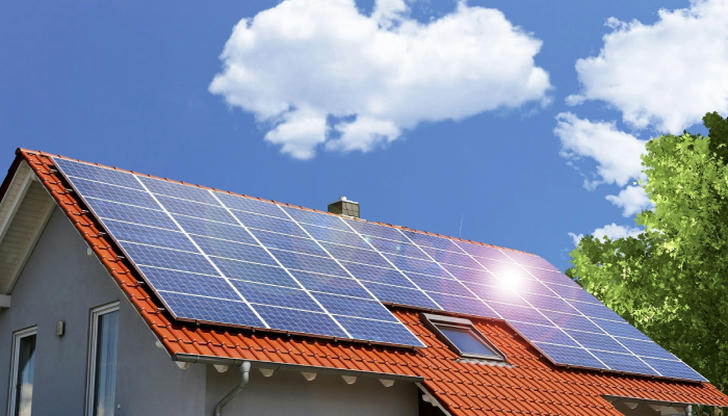
- Aluminum Frame The aluminum frame provides structural support and protects the edges of the panel. It also facilitates easy mounting and installation.
- Junction Box The junction box houses the diodes and wiring, protecting the electrical system and ensuring safe current transfer. It acts as a current distribution hub, automatically disconnecting short-circuited strings to prevent system damage.
- Silicone Sealant Used to seal the junction between the panel and the aluminum frame, silicone ensures a waterproof and durable connection.
Principles of Operation
Solar panels operate on the photovoltaic effect, where sunlight is converted into electricity. When sunlight strikes the photovoltaic cells, photons knock electrons free from their atoms, creating a flow of electricity. This process is facilitated by the semiconducting material in the cells, typically silicon. The electricity is then directed through wires to an inverter, which converts it into alternating current (AC) suitable for household and industrial use.
Enhancing Solar Panel Efficiency
Improving solar panel efficiency is crucial for increasing energy output and reducing costs. Several strategies can be employed:
- Anti-Reflective Coatings Designing coatings with specific refractive indices and thicknesses can minimize light reflection and maximize absorption. Controlling the microstructure of the coating can further enhance light capture.
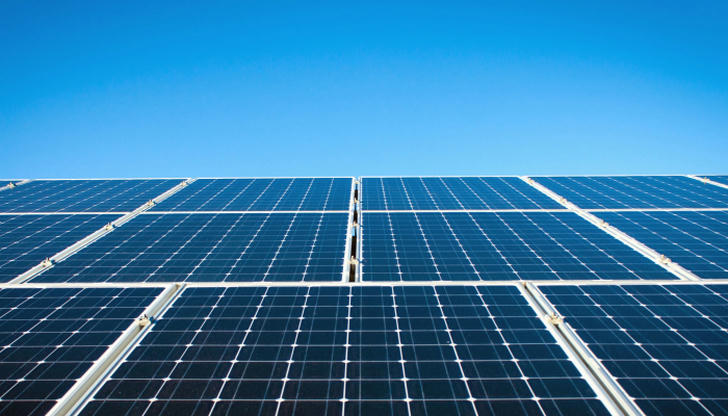
- Light Trapping Techniques Employing nano- or micro-structures within the panel can cause light to reflect and scatter multiple times, prolonging its interaction with the semiconducting material and boosting absorption.
- Ultrasonic Spray Coating This technique ensures a uniform coating, enhancing the panel's appearance and performance stability. It also reduces material waste and energy consumption.
- Material and Structural Improvements Advancements in materials, such as using higher-purity silicon or alternative semiconducting materials, can improve conversion efficiency. Optimizing the electrode design and panel structure can further enhance performance.
- Reducing Energy Losses Minimizing resistance, reflection, and thermal losses during energy conversion can significantly improve efficiency.
- Multicrystalline Technology Multicrystalline silicon offers improved electron mobility, enhancing the panel's power generation capabilities.
- Panel Design Optimization Enhancing the panel's ability to capture sunlight through innovative designs can increase efficiency.
- Increased Solar Collection Area Larger panels capture more sunlight, directly increasing energy output.
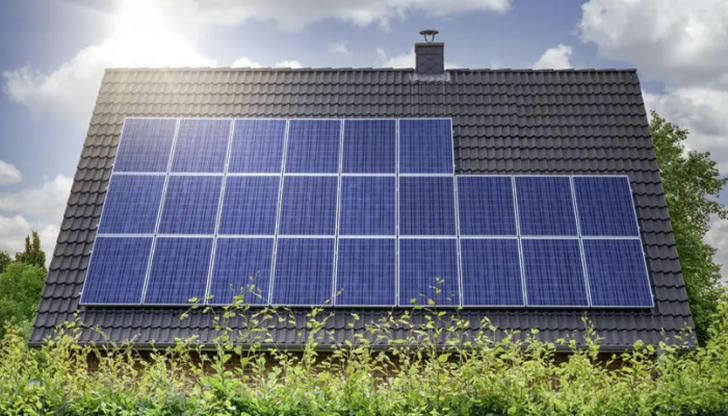
- Panel Configuration Optimization Combining multiple panels in optimal configurations can maximize energy production.
- Maintenance and Cleanliness Regular cleaning to remove dust and debris ensures maximum sunlight exposure.
- Shadow Mitigation Ensuring panels are not shaded, especially during peak sunlight hours, maximizes energy capture.
- Advanced Inverter Technology Upgrading to micro-inverters or power optimizers can enhance individual panel performance and overall system efficiency.
- Solar Tracking Systems These systems adjust panel orientation to follow the sun's path, increasing exposure and energy capture.
- Energy Storage Solutions Integrating battery storage systems allows for storing excess energy generated during daylight hours for use at night or on cloudy days, maximizing overall energy utilization.
Case Studies: Diverse Applications of Solar Panels
Solar panels are being utilized across various sectors, driving sustainable development and reducing carbon footprints.
- Transportation Photovoltaic Carports and Charging Stations Integrating solar panels into carports not only provides shade and protection for vehicles but also generates electricity for charging stations. The Ningbo-Zhoushan Port's integrated photovoltaic charging carport is a prime example. It features a rooftop covered with solar panels and 10 DC fast-charging stations, capable of fulfilling the daily charging needs of nearly 30 electric vehicles. Highway Integration Installing solar panels along highway slopes, service areas, and tunnel berms can harness unused space for power generation. The Taiyuan Ring Expressway's North Ring section showcases this concept, with photovoltaic panels installed on slope surfaces.
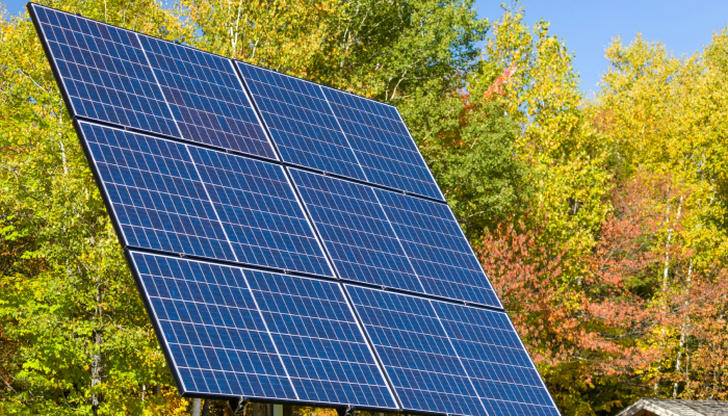
Solar Roads Innovative solar roads, like the one in Jinan, China, integrate solar panels into road surfaces, providing electricity for streetlights, electronic signage, snow melting systems, and tunnels. This 1080-meter-long, 5875-square-meter road has a peak power generation capacity of 817.2 kW, expected to generate about 1 million kWh annually. 2. Agriculture Agrivoltaics Combining agriculture with solar power generation through agrivoltaic systems maximizes land use. The Datang Wenchang Longhu Mountain 100 MW agrivoltaic project in China integrates solar panels with vegetable farming, enhancing energy production and agricultural productivity. 3. Fisheries Fisheries and Aquaculture Aquaculture combined with solar energy, like the Huarun Chibi 350 MW and the CGN Anhui Dangtu Taibai 260 MW projects, demonstrate dual-use of water bodies. These projects generate clean electricity while supporting fish and aquatic plant cultivation. 4. Environmental Remediation Mine Rehabilitation Solar panels can be installed on rehabilitated mine sites, combining energy production with ecological restoration. The Shenhua Wuhai Energy's 100 MW solar + mine ecological restoration project in Inner Mongolia exemplifies this approach. Desertification Control Solar panels can aid in desertification control by providing shade for sand-stabilizing vegetation. The Darat Solar Base's 1 GW project in China generates 2 billion kWh annually, saving 680,000 tons of standard coal, reducing CO2 emissions by 1.65 million tons, and controlling dust emissions by 450,000 tons. 5. Other Innovations Solar + Storage The integration of solar panels with energy storage systems stabilizes grid infrastructure and supports low-carbon development. The Xigaze 50 MW solar + storage project in Tibet showcases this concept. Solar + Concentrated Solar Power (CSP) Hybrid systems combining solar panels with CSP enhance renewable energy integration and utilization. The Delingha Photovoltaic (CSP) Industrial Park in Qinghai, China, and the Sinopec Star Kuqa Green Hydrogen Project in Xinjiang, China, demonstrate these advanced technologies. Solar Schools Integrating solar panels into school buildings promotes green education and sustainability. The Nanjing Tech University Experimental Primary School's distributed solar project generates 110,000 kWh annually, reducing CO2 emissions by 82.06 tons.
Challenges and Solutions
Despite their numerous benefits, solar panels face challenges such as high initial costs, efficiency limitations, and storage constraints. Addressing these issues is crucial for widespread adoption.
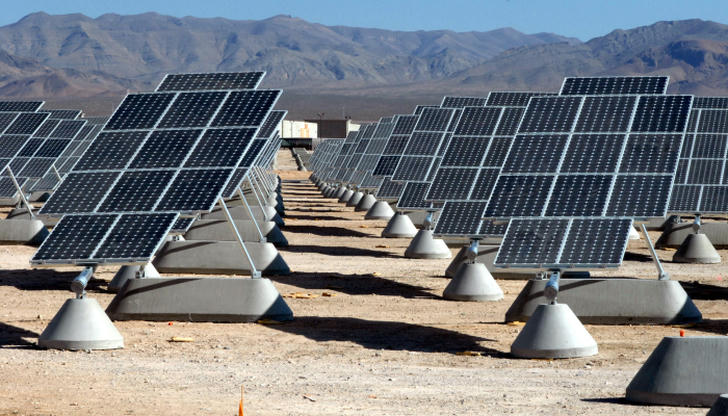
- Cost Reduction Scaling production and technological advancements can reduce manufacturing costs. Government subsidies and incentives also play a pivotal role in making solar energy more affordable.
- Efficiency Improvements Ongoing research into new materials, cell designs, and light-trapping techniques aims to boost efficiency. Collaborations between academia, industry, and government can accelerate these innovations.
- Energy Storage Advancements in battery
